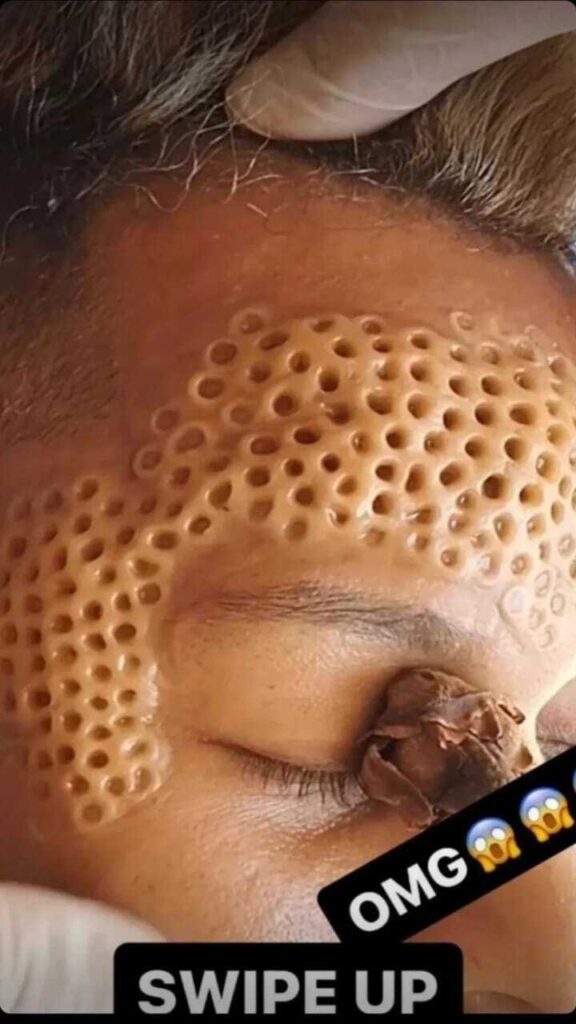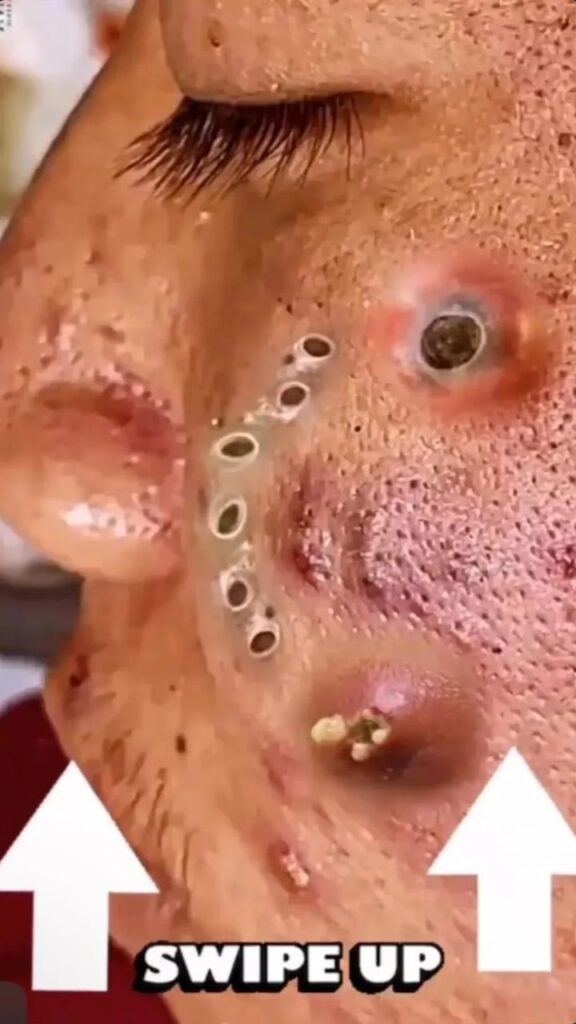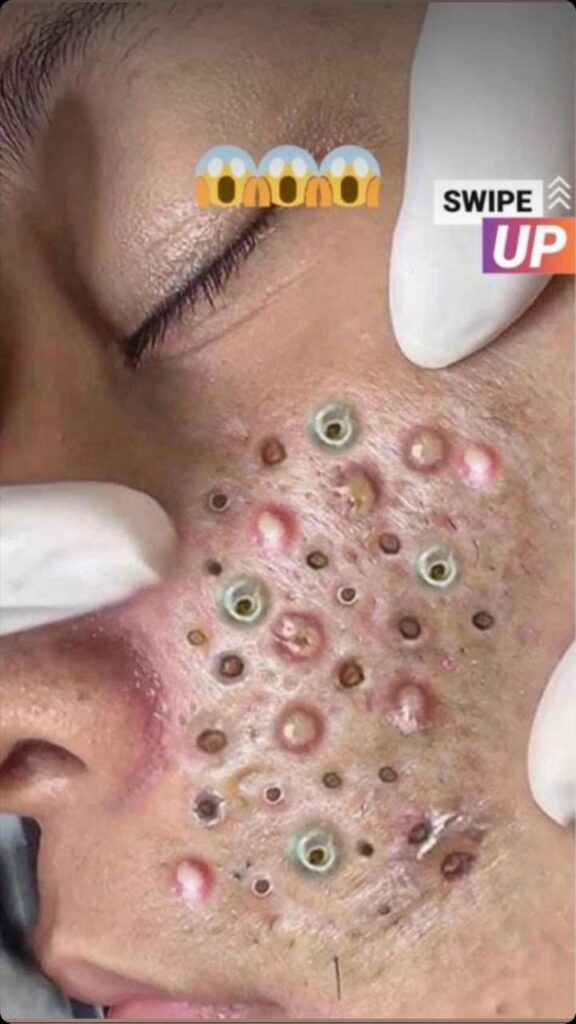Age spot, also known as sun spots or liver spots, are small, dark areas that appear on the skin, usually in places that get a lot of sun. They are common as we age but can also show up after years of sun exposure. While they’re harmless, many people want to get rid of them for cosmetic reasons. There are various treatments available to help reduce or remove age spot, giving your skin a more even tone. Understanding what causes them and how to treat them can help you keep your skin looking its best.
Age Spot
Age spots are harmless dark spots on the skin caused by too much sun exposure. They are also known as liver spots, sunspots, or solar lentigines (one spot is called lentigo). These spots usually appear after the age of 50, mainly in areas that get a lot of sun, like the face and hands. While age spots aren’t dangerous, many people, including Digital Pakistani, look for ways to reduce or remove them for cosmetic reasons.
What do age spot look like?
Age spots are flat, dark spots with clear edges that come in different sizes, shapes, and colors. They can be shades of brown, gray, tan, or black. The size of an age spot can range from as small as a freckle to about half an inch. Sometimes, several spots can cluster together, making them more noticeable. Besides showing up on the face and the back of the hands, age spots often appear on the neck, shoulders, upper back, and the tops of the feet.
Be careful when trying to diagnose age spots on your own, as they can look like other skin conditions. For example, if the dark patches on your skin feel slightly raised, they might be seborrheic keratosis, not age spots. Seborrheic keratosis is another harmless skin condition that looks similar to age spots. It’s best to have a dermatologist check your skin to confirm what the spots are and give you an accurate diagnosis.
What causes age spot?
Age spots are caused by an overproduction of melanin, the natural pigment in your skin. This often happens due to long-term exposure to sunlight. Using tanning beds, which emit UV rays, can also cause age spots to appear early. When your skin is exposed to sunlight or UV rays, it produces extra melanin to protect itself. The melanin gathers in the skin cells to shield the nucleus, where your DNA is stored, from harmful rays. This helps reduce the risk of DNA damage, which can lead to skin cancer. In a way, age spots show that your skin is trying to protect itself from further harm.
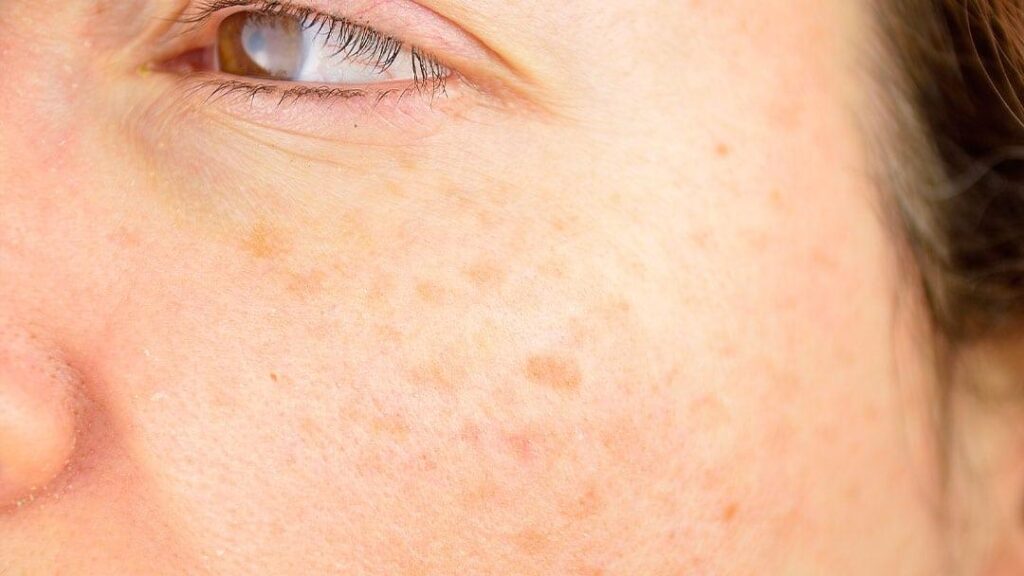
Who is at risk of developing age?
People over 50 are more likely to develop age spots, but younger individuals can get them too, especially if they spend a lot of time in the sun. Age spots are common for all skin types but are more likely to appear in people with lighter skin. Genetics also play a role, so if your family has age spots, you may be more likely to get them. People who work outside without sun protection or use tanning beds are also at higher risk.
As a Digital Pakistani, protecting your skin from the sun is important to reduce the chances of developing age spots.
Can age be cancerous?
Age spots are usually harmless, but it’s a good idea to have a dermatologist check any spots that seem unusual, as they can sometimes look like skin cancer. You should see your doctor right away if you notice any of the following changes in your age spots:
- The spot changes shape, especially if it’s uneven.
- The edges of the spot are not smooth.
- The spot has different colors.
- The spot starts to bleed or itch.
Do age spot change over time?
Age spots usually don’t go away or fade over time, but they may change color. It’s normal for some spots to go from pink to yellow or tan to brown over the years. However, if you notice a spot changing quickly or showing multiple colors, it’s important to have it checked by a dermatologist
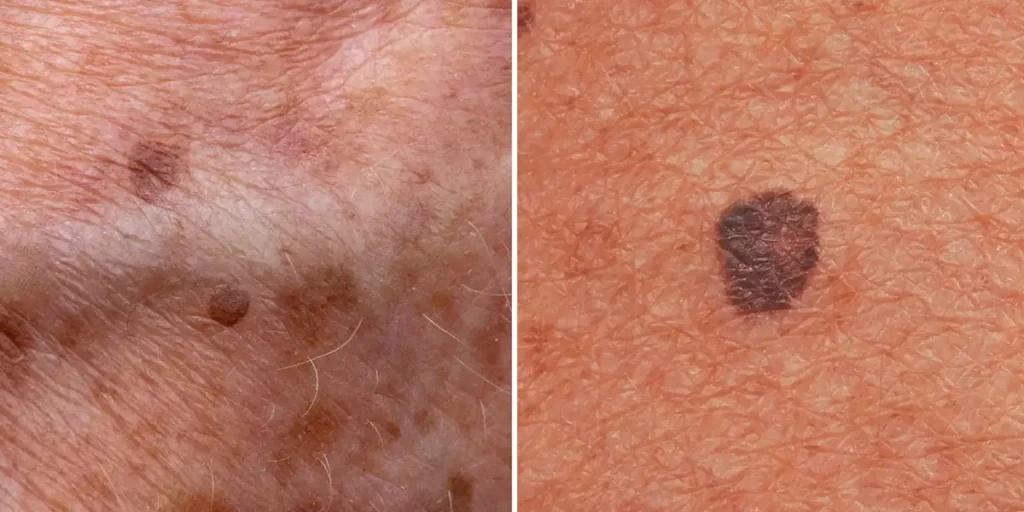
How can I prevent age while living in Arizona?
Age spots are harmless, so if they don’t bother you, there’s no need to treat them. However, if you’re concerned about how they look, there are treatment options available. It’s a good idea to speak with a dermatologist before trying any treatments for age spots.
If you’re a Digital Pakistani looking for more tips, consulting with a professional can help you make the best decision for your skin.
Skin resurfacing: This treatment helps remove the top layer of your skin to fade age spots. Dermatologists use different methods, like laser resurfacing, which uses a laser beam, or chemical peels, where special chemicals are applied. After the top layer of skin peels off, you’ll start to see the age spots fade.
Cryotherapy: A dermatologist can freeze age spots with a small amount of liquid nitrogen. As your skin heals, the age spots will fade. This treatment works best for one or a few spots. However, it can be painful and may cause redness, swelling, blisters, or irritation. There’s also a chance it could leave scars or darker patches. Always consult with an experienced doctor to see if this treatment is right for you.
The final word on age spot.
Age spots are harmless and can appear from long-term sun or UV exposure. However, with the right precautions, you can reduce the chances of getting them. If you’re unsure whether your skin spots are age spots or something else, don’t hesitate to reach out to a skilled dermatologist.

